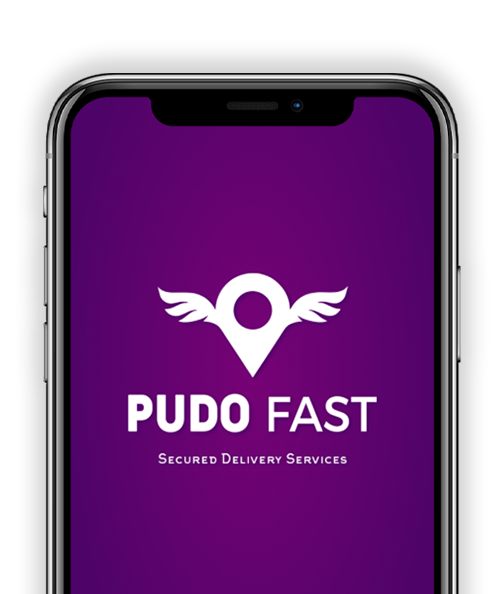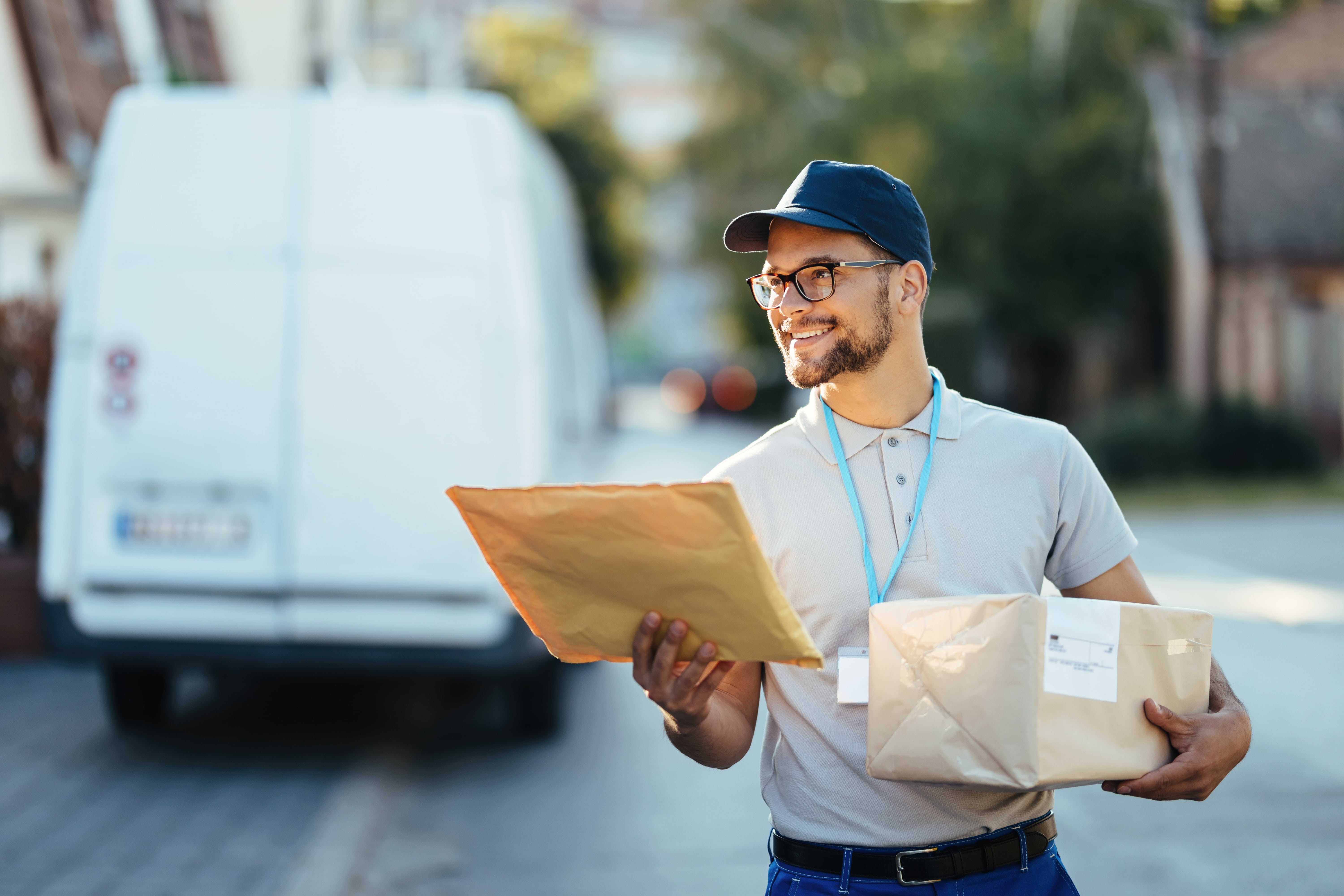
Each package is like a novel that tracks the stages of a journey from a warehouse to your home. It is the first and the last mile of that journey that actually determines the smoothness of the whole story. Problems with delays, untraceable parcels, and inability to track your parcel are not only operational issues; they are also a reason for the drop in trust in your brand. For urban business people and small enterprises that must have fast, safe, and flexible logistics in order to carry on with their activities, staging these two steps well is no longer a matter of choice but of survival.
First Mile Delivery: Definition and Significance
The first mile delivery is essentially the point where the delivery of a product is initiated from the producer or supplier and rescheduled for a distribution hub or warehouse. The impact of this stage on the whole supply chain system is huge, although the process may sound quite straightforward.
A well-functioning first mile will lead to:
- Saving time in processing the order: The simplification of the shop floor situation and the handling of goods result in less consumption of time and money.
- Reduced product damage: Since the packaging and handling take place right at the source, the risk of damage decreases.
- Accurate inventory tracking: Which allows for up-to-the-minute access through different sales channels
Supply chain efficiency in Manhattan, where life goes very fast and everything is strictly timed, is basically doing what every delivery left has to do in the tempo of the city.
Why Is Last Mile Delivery Crucial for Customer
Experience when the package is taken from the warehouse, the last mile delivery, or the final run starts. It is where companies emotionally and physically experience the customers. A delayed or wrong delivery can only take a few moments to cancel out a lot of extremely successful marketing and service work done for the last several months.
Customers constantly demand:
- that delivery hours given as options be more flexible
- to be informed all along of where the parcel is
- safe, non-contact hand-overs
The set of these demands constitutes not only excellent services but also good business practice. Firms that commit to reliable courier services as well as to transparent delivery management usually enjoy a high level of customer loyalty and attract repeat orders.
First Mile Delivery Challenges
Even the most well-planned and tightly integrated networks are not free from stumbles in the first mile. A series of delivery problems that can be confronted on a daily basis includes:
- Demand forecast inaccuracies that result in excessive stock or insufficient stock.
- The delay in the shipment from the factory to the distribution center is due to poor route planning.
- There is no real-time visibility of the goods; hence, it becomes quite challenging to find the products and take steps to prevent the delay if it occurs.
First mile logistics are largely dependent on the harmonious cooperation between suppliers, warehouses, and carriers. If one of the links in the chain is weak, the others are affected as well.
Last Mile Delivery Problems and the Solutions
The last mile logistics area has usually been regarded as the most complex one. The reasons for this lie in urban congestion, unpredictable schedules, and how the availability of the customer affects the situation. The following are some of the biggest troubles that have been suggested:
- Missed deliveries when customers aren’t home.
- Package theft during doorstep drops.
- Inefficient routing that burns time and fuel.
Solutions come from smarter delivery optimization:
- Using GPS-enabled package tracking to improve visibility.
- Allowing customers to select preferred delivery windows.
- Employing secure systems, like PUDO Fast’s encrypted lock box and OTP-based access, that prevent unauthorized access or missed deliveries.
Technology Solutions for Optimizing First Mile Delivery
The future of first mile logistics is digital. Automation, analytics, and logistics technology now play leading roles. Smart platforms can:
- Predict transit delays using AI and traffic data.
- Automate documentation and reduce manual errors.
- Connect shipping solutions with real-time data feeds to improve planning.
Such changes not only save time but also enable the supply chain to become efficient in a way that is measurable, visible, and scalable.
Route Optimization and Its Role in Last Mile Efficiency
This is the point where route optimization has an impact radically different from the rest. Efficient routes are associated with shorter delivery times, lower fuel consumption, and higher customer satisfaction. By utilizing advanced mapping and predictive data, companies are able to plan routes which are able to react to real-time situations.
Speed is not the only matter; it is also a question of trustworthiness. By using the routes that have been optimized, drivers will not have to take the detours that are unneeded, thus they will be able to reduce the emissions and, at the same time, ensure that the deliveries will be done on time in the urban grids.
Enhancing Urban Operations with Last Mile Delivery Logistics Solutions
Enterprises of today have to deal with a complicated mesh of last mile delivery logistics solutions, such as same-day courier networks and automated dispatch systems. The problem is in selecting the tools that not only deliver speed but also maintain security and customer trust.
For example, PUDO Fast brings a new layer of flexibility and safety to city deliveries. Instead of leaving parcels at your doorstep, their delivery professionals bring an encrypted lock box. Only you can open it with a one-time password. You can track every move through GPS in real time, schedule your own delivery slots, and even have essential shopping handled for you.
In an era where convenience often compromises safety, that’s a rare balance.
The Impact of Same-Day and On-Demand Deliveries
One could say that the modern customer is insatiable when it comes to their demands, and same-day delivery is no longer a luxury but a necessity. However, such a demand shortens timelines and, if the systems are not agile, it also dramatically increases the number of errors.
A company that uses on-demand and rapid fulfillment models cannot do without seamless delivery management that is seamless, automated dispatching, and consistent driver communication that is consistent. The brands that succeed are those that manage to retain the balance between speed and accuracy; thus, they deliver quickly but never recklessly.
Cost Management Strategies for First and Last Mile Delivery
Controlling costs don’t have to be associated with cutting corners by companies. An ingenious delivery optimization plan can still allow them to cut down on fuel consumption, decrease the number of returns, and make the scheduling process self-operating.
Some of the most effective measures taken are:
- Consolidated shipping to cut down on the repeats of the same trips.
- Dynamic route planning for time-based cost control.
- Performance monitoring based on data is used to identify inefficiencies at an early stage.
By harmonizing the first-mile delivery with last-mile coordination, companies lower their logistics expenses without making compromises in terms of the customers’ experience.
Case Studies of Businesses Improving First and Last Mile Delivery
Local Retailers in Manhattan: Several boutique stores, through the use of predictive routing, have reduced their average delivery time by 30%.
E-commerce Warehouses in Brooklyn: They installed real-time delivery management dashboards that led the company to reduce order returns by 15%.
Subscription Food Services: They changed delivery windows to flexible ones that are supported by encrypted drop systems like PUDO Fast, and the elimination of missed delivery complaints is the result.
Each example provides a picture of the potential results when human efficiency and technology interact in delivery operations.
Future Trends in First Mile and Last Mile Delivery
We will witness more and more collaboration among city mobility networks, automation, and AI. The logistics of the future still have room for improvement with:
- Predictive inventory positioning for faster dispatch.
- Vehicle fleets that are fully or partly powered by renewable energy sources and thus have a significantly reduced carbon footprint.
- Secure delivery innovations such as lockbox systems and biometric verification.
It will not only be faster but also smarter and safer.
Final Takeaway
Every product’s journey from the factory to the shelves in stores or to your doorstep consists of miles that have a significant impact. Real-time visibility, strong infrastructure, and a customer-centric approach – these three elements combined make the businesses the smartest ones in terms of optimizing each step of the chain.
For New Yorkers who like to have both speed and safety, last mile delivery logistics solutions such as PUDO Fast are a way to redefine convenience, not by being everywhere at once, but by being exactly where you need them, right on time.




